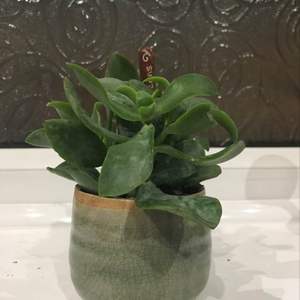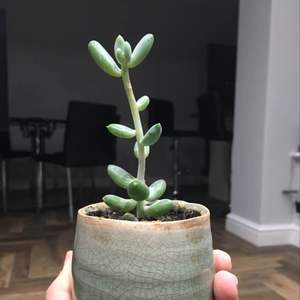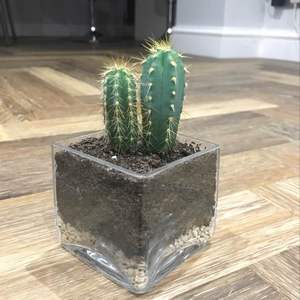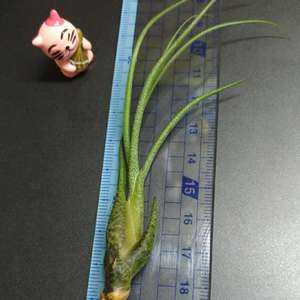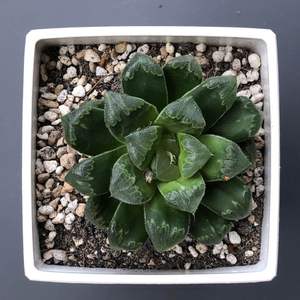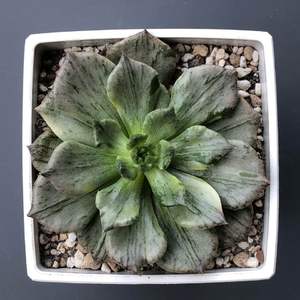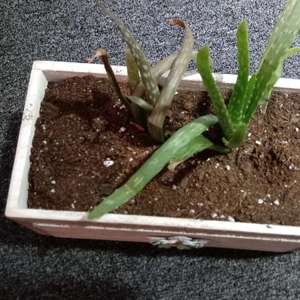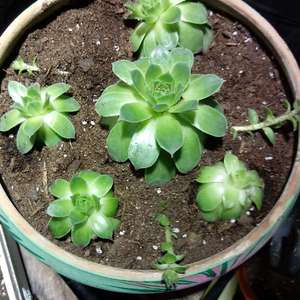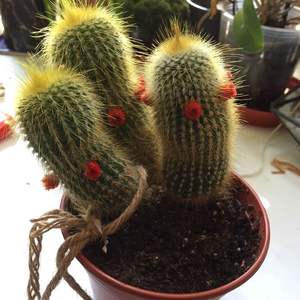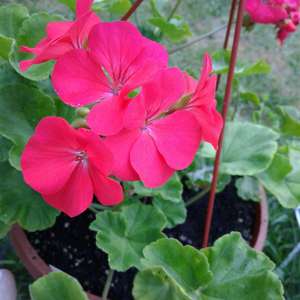文章
Miss Chen
2018年07月19日

Pepper plants (Capsicum spp.) are vibrant and beautiful, with their lush foliage and shiny fruit. To grow peppers in your garden, you'll need to know a whole lot more than the fact that Peter Piper picked a peck of them. You'll find a whole host of different sorts of pepper plants available, including exotic spicy peppers as well as the sweet peppers so popular in this country. Fortunately, although the days to maturity differ among pepper species, the basic info on how to grow peppers remains the same.
So Many Peppers, So Little Time

Peppers are tender, warm-season vegetables, like tomatoes. But they don't grow as big and spread as wide as tomato plants do. They also need warmer temperatures and longer time in the garden. The colorful sweet bell pepper varieties (Capsicum annuum) are the most popular in the United States and have been for years. But the vast range of other garden peppers available are gaining traction as essential parts of different ethnic eating experiences. These include chili peppers, cayenne peppers and pimiento peppers. You'll only get the full flavor in any type of peppers if you harvest them at their peak.
Planting Peppers

You get more bang for the buck if you grow peppers from seeds. Start them indoors in late winter, then move them to garden beds after spring works its magic on the temperature of the outdoor air and soil. Transplant the young pepper plants about 18 to 24 inches apart. How many to plant? A dozen plants may provide enough peppers for the average family, but with the incredible variety available, you may want to plant more.
Don't put them outside too early when they could be killed by a frost. They do best when night temperatures stay consistently above 55 degrees Fahrenheit. You can help your young peppers keep their roots warm by transplanting them into raised beds, mulching them well and using floating row covers.
Pepper Care

If you beef up the garden soil before you transplant the peppers, you'll likely have a healthier crop. Be sure the soil is well-drained, and work in organic compost for more fertile soil. Fertilize at the time of transplant, then again after the first peppers are set. Irrigation? It's essential to keep the soil uniformly moist, right up through harvest. Water regularly, especially during dry periods.
When to Pick a Peck

Keep your eyes on the calendar. Time from planting is an important indicator of when your peppers can be harvested. Make a note of when the plants were started. Peppers are generally ripe between 70 to 84 days later, depending in part on the type of peppers.
In most cases, bell peppers approach maturity and are ready to be harvested approximately 70 to 75 days after planting. Bell Boy and Purple Belle are ready in 70 days; Lady Bell in 72 days; Chocolate Bell in 75 days. Note that each of these pepper types changes color when they are ripe, passing from green to red (Bell Boy and Lady Bell), purple to black to red (Purple Bell) and green to brown (Chocolate Bell.) Pick the green-to-red bell peppers when they reach the color you prefer. They get sweeter as they mature, with red being the sweetest stage.
Other sweet types of peppers that you use in salads or for frying, like Gypsy or Sweet Banana, take between 65 and 70 days to mature. These types start yellow, pass to orange, then mature to red.
Hot peppers can take the longest period to ripen. While cayenne and jalapeño peppers are ripe in 70 days, pimientos take 73. And popular chili peppers take 84 days.
The actual harvest itself helps you figure out whether the peppers are ripe. Mature peppers pull off the pepper plants easily. Grasp the pepper, twist and pull to snap it off. If you are sure they're mature, you can use pruners if it is easier.
So Many Peppers, So Little Time

Peppers are tender, warm-season vegetables, like tomatoes. But they don't grow as big and spread as wide as tomato plants do. They also need warmer temperatures and longer time in the garden. The colorful sweet bell pepper varieties (Capsicum annuum) are the most popular in the United States and have been for years. But the vast range of other garden peppers available are gaining traction as essential parts of different ethnic eating experiences. These include chili peppers, cayenne peppers and pimiento peppers. You'll only get the full flavor in any type of peppers if you harvest them at their peak.
Planting Peppers

You get more bang for the buck if you grow peppers from seeds. Start them indoors in late winter, then move them to garden beds after spring works its magic on the temperature of the outdoor air and soil. Transplant the young pepper plants about 18 to 24 inches apart. How many to plant? A dozen plants may provide enough peppers for the average family, but with the incredible variety available, you may want to plant more.
Don't put them outside too early when they could be killed by a frost. They do best when night temperatures stay consistently above 55 degrees Fahrenheit. You can help your young peppers keep their roots warm by transplanting them into raised beds, mulching them well and using floating row covers.
Pepper Care

If you beef up the garden soil before you transplant the peppers, you'll likely have a healthier crop. Be sure the soil is well-drained, and work in organic compost for more fertile soil. Fertilize at the time of transplant, then again after the first peppers are set. Irrigation? It's essential to keep the soil uniformly moist, right up through harvest. Water regularly, especially during dry periods.
When to Pick a Peck

Keep your eyes on the calendar. Time from planting is an important indicator of when your peppers can be harvested. Make a note of when the plants were started. Peppers are generally ripe between 70 to 84 days later, depending in part on the type of peppers.
In most cases, bell peppers approach maturity and are ready to be harvested approximately 70 to 75 days after planting. Bell Boy and Purple Belle are ready in 70 days; Lady Bell in 72 days; Chocolate Bell in 75 days. Note that each of these pepper types changes color when they are ripe, passing from green to red (Bell Boy and Lady Bell), purple to black to red (Purple Bell) and green to brown (Chocolate Bell.) Pick the green-to-red bell peppers when they reach the color you prefer. They get sweeter as they mature, with red being the sweetest stage.
Other sweet types of peppers that you use in salads or for frying, like Gypsy or Sweet Banana, take between 65 and 70 days to mature. These types start yellow, pass to orange, then mature to red.
Hot peppers can take the longest period to ripen. While cayenne and jalapeño peppers are ripe in 70 days, pimientos take 73. And popular chili peppers take 84 days.
The actual harvest itself helps you figure out whether the peppers are ripe. Mature peppers pull off the pepper plants easily. Grasp the pepper, twist and pull to snap it off. If you are sure they're mature, you can use pruners if it is easier.
1
0







